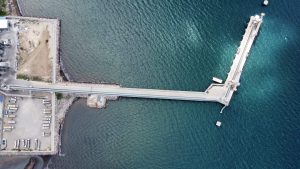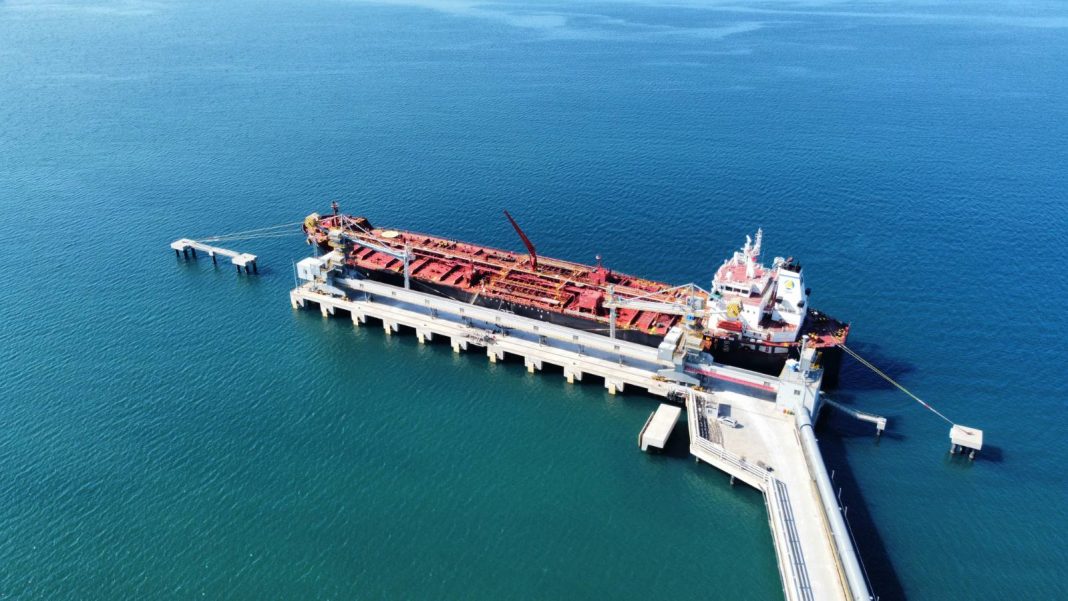The newly inaugurated Sinisian Lemery Batangas Port and Industrial Park Corp. (SLBPIPC) is positioning itself for long-term multimodal integration as momentum builds for the Luzon Economic Corridor, a proposed railway connecting Subic, Clark, Manila, and Batangas.
The 7-hectare private port facility located along the western coast of Batangas is intended to serve as a southern gateway for cargo, cement, and fuel shipments within Luzon.
It has two dedicated berths that can accommodate Panamax-class cargo vessels up to 50,000 deadweight tons (DWT) and fuel tankers up to 30,000 DWT. Its 13-meter outer berth and 10- meter inner berth depths allow the facility to receive heavily loaded international and regional vessels.
Moreover, a 2-hectare warehouse zone supports cargo consolidation, storage, and onward distribution.

“This is a port designed not just for today’s logistics needs, but for tomorrow’s transport systems,” SLBPIPC Chief Executive Officer Ferdinand Co said. “Our location, depth, and service capacity position us to complement the Subic-Clark-Manila-Batangas (SCMB) Railway, a flagship project of the Luzon Economic Corridor, and serve a multimodal node connecting land-based freight with seaborne trade.”
The port’s launch aligns with the Luzon Economic Corridor, a trilateral initiative of the Philippines, the United States, and Japan to enhance connectivity in the country’s major economic hubs and boost economic activities in the Philippines.
SLBPIPC, which only opened the first phase of its project, currently offers a full suite of port services including cargo handling, pilotage, tugboat assistance, chandling, bunkering,
watering, and tendering, ship agency, cargo surveying, trucking, and warehousing management.
These services aim to improve turnaround times and create a more decentralized and resilient logistics network in Luzon.
The opening of the port is also expected to create employment opportunities in the transport, fuel, logistics, and warehousing sectors.
“We are building this with national priorities in mind, especially the need for alternative ports, regional gateways, and connectivity to inland rail systems,” Co said.“This is the Sinisian Lemery Port’s answer to the future of Philippine logistics,” he said.




